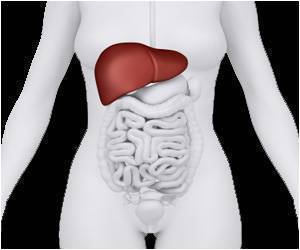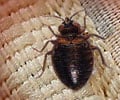Highlights
- The milk of the platypus has been found to contain unique antibacterial properties that could be used to fight super bugs.
- After artificially recreating the milk protein found in the platypus they found that a unique ringlet-like structure in the protein.
- The protein structure in general will help in the development of antibiotics, or tropical creams to treat infections.
A team of researchers from Australian national research agency, the Commonwealth Scientific and Industrial Research Organisation (CSIRO), and Deakin University have solved a puzzle that helps explain why platypus milk is so potent.
By replicating the special protein contained in platypus milk in the laboratory, they discovered a ringlet -like structure that could help fight against diseases.
"Platypus are such weird animals that it would make sense for them to have weird biochemistry," CSIRO scientist and lead author on the research published in Structural Biology Communications, Dr. Janet Newman said.
"The platypus belongs to the monotreme family, a small group of mammals that lay eggs and produce milk to feed their young. By taking a closer look at their milk, we've characterized a new protein that has unique antibacterial properties with the potential to save lives."
Deakin University's Dr. Julie Sharp said all this time researchers believed that this was why the milk of the platypus contained a protein with rather unusual and protective antibacterial characteristics.
Employing the marvels of molecular biology, the team successfully made the protein, then deciphered its structure to get a better look at it.
Due to its ringlet-like formation, the researchers have dubbed the newly discovered protein fold the 'Shirley Temple,.' Dr. Newman said finding the new protein fold was pretty special.
"Although we've identified this highly unusual protein as only existing in monotremes, this discovery increases our knowledge of protein structures in general, and will go on to inform other drug discovery work done at the Centre," she said.
The scientists are seeking collaborators to take the potentially life-saving platypus research to the next stage.
Source-Medindia
















